Aix-en-Provence emerges as a hidden gem in the South of France for the modern-day nomad. You should put it on your bucket list if you seek a perfect blend of productivity and Provençal charm. Surrounded by lavender fields and historic architecture, remote workers can immerse themselves in a unique blend of work and leisure.
From quaint cafes in picturesque squares to co-working spaces, the city will offer a tranquil work environment. Aix-en-Provence caters to the needs of professional pursuits with the beauty and culture of the French countryside.
Join us on a virtual journey through this Provençal paradise. It is where every cobblestone street and artistic fountain becomes a backdrop for a digital nomad lifestyle. Let’s discuss the life that seamlessly intertwines work and wanderlust. So grab your visa and consider Aix-en-Provence, France.
Welcome Back Vagabonds!
Welcome to “Atypical Vagabond,” a portal to a realm where boundaries blur and conventional paths diverge. Here, we delve into the world of unconventional exploration and celebrate the art of wandering without constraints. Join us as we uncover hidden gems, unravel the tales of unconventional nomads, and delve into the transformative experiences that await those who dare to embrace the call of wanderlust.
A strong desire for freedom often arises in a busy world of daily routines and societal pressures. We become fascinated by the exciting appeal of unfamiliar places, the mysterious call of undiscovered destinations, and the life-changing influence of travel. In these instances, we awaken the spirit of the unconventional traveler — the wanderer who desires to explore the world and embark on a journey of self-discovery and personal freedom.
Aix-en-Provence France

As the world embraces remote work and digital nomadism, there is an increased search for idyllic destinations. Therefore, remoter workers want a place with a conducive work environment and a rich cultural experience.
Nestled in the heart of Provence, Aix-en-Provence emerges as the ultimate haven for digital nomads. Seeking a harmonious blend of work, creativity, and a vibrant lifestyle. In this article, we will explore the captivating allure of Aix-en-Provence. Therefore, let’s discover why it stands out as an ideal destination for those embracing the digital nomad lifestyle.
An Enchanting Cultural Hub
Known as the “City of a Thousand Fountains,” Aix-en-Provence, France is a treasure trove of cultural riches. Its charming, tree-lined boulevards, historic architecture, and lively squares create an enchanting atmosphere that inspires creativity. The city has prestigious art schools, museums, theaters, and music festivals. Therefore, it provides a constant source of inspiration for digital nomads looking to immerse themselves in a vibrant artistic and cultural scene.
Inspiring Workspaces
Aix-en-Provence France offers an array of inspiring workspaces tailored to the needs of digital nomads. From trendy co-working spaces in the city center to cozy cafes with Wi-Fi, plenty of options exist to set up your laptop and be productive. The city’s relaxed ambiance and welcoming atmosphere provide the perfect backdrop for focused work sessions and networking opportunities with like-minded professionals.
Proximity to Natural Beauty

Situated amidst the breathtaking landscapes of Provence, Aix-en-Provence boasts easy access to some of nature’s most awe-inspiring wonders. Digital nomads can use flexible schedules to explore the iconic lavender fields, visit picturesque vineyards, or hike in Luberon Regional Nature Park. The region’s stunning scenery offers a refreshing escape from work and serves as a wellspring of inspiration and relaxation.
Gastronomy and Outdoor Cafés
Provence is renowned for its delectable cuisine, and Aix-en-Provence is no exception. The city’s bustling markets brim with fresh local produce, allowing digital nomads to indulge in the vibrant flavors of the region. From savoring traditional Provençal dishes to enjoying a leisurely coffee at one of the charming outdoor cafés, Aix-en-Provence invites digital nomads to savor the finer aspects of life while pursuing their professional goals.
Proximity to Major Cities and Transportation
Aix-en-Provence France’s strategic location provides easy access to major cities such as Marseille, Avignon, and Nice, expanding the possibilities for both business and leisure activities. The city is well-connected by an efficient transportation network, making it convenient for digital nomads to explore other parts of France or venture beyond its borders when desired.
Atypical Last Thoughts

With its captivating blend of culture, natural beauty, and inspiring workspaces, Aix-en-Provence France is the ultimate haven for digital nomads. The city’s artistic heritage and proximity to breathtaking landscapes allow for a seamless integration of work and leisure. Whether you seek inspiration from the vibrant cultural scene, indulge in the region’s gastronomic delights, or find solace in the tranquility of nature, Aix-en-Provence offers an enriching experience. Therefore, living here will enhance your professional and personal journey as a digital nomad. Embrace the charm of Aix-en-Provence, where creativity flourishes, and the Provençal way of life becomes your everyday reality.
Subscribe
Are you an avid traveler seeking inspiration for your next adventure? Look no further than the Atypical Vagabonds newsletter. By subscribing to our newsletter, you gain access to a treasure trove of travel tips, destination guides, and captivating stories from around the globe. Our knowledge in exploring off-the-beaten-path destinations. We offer a refreshing perspective on travel, encouraging you to embrace the unconventional and discover unique experiences. Join the community today and let our wanderlust-inducing content inspire you. Therefore, you can embark on extraordinary journeys. Subscribe to receive their latest updates directly in your inbox and never miss a travel adventure again.
Donations
Love what you’re seeing on Atypical Vagabond? Help us keep the adventures coming! Consider donating through PayPal’s secure payment system. Every contribution goes a long way in fueling our mission to bring you more thrilling content and unforgettable experiences. Join us in shaping the future of travel—donate today!

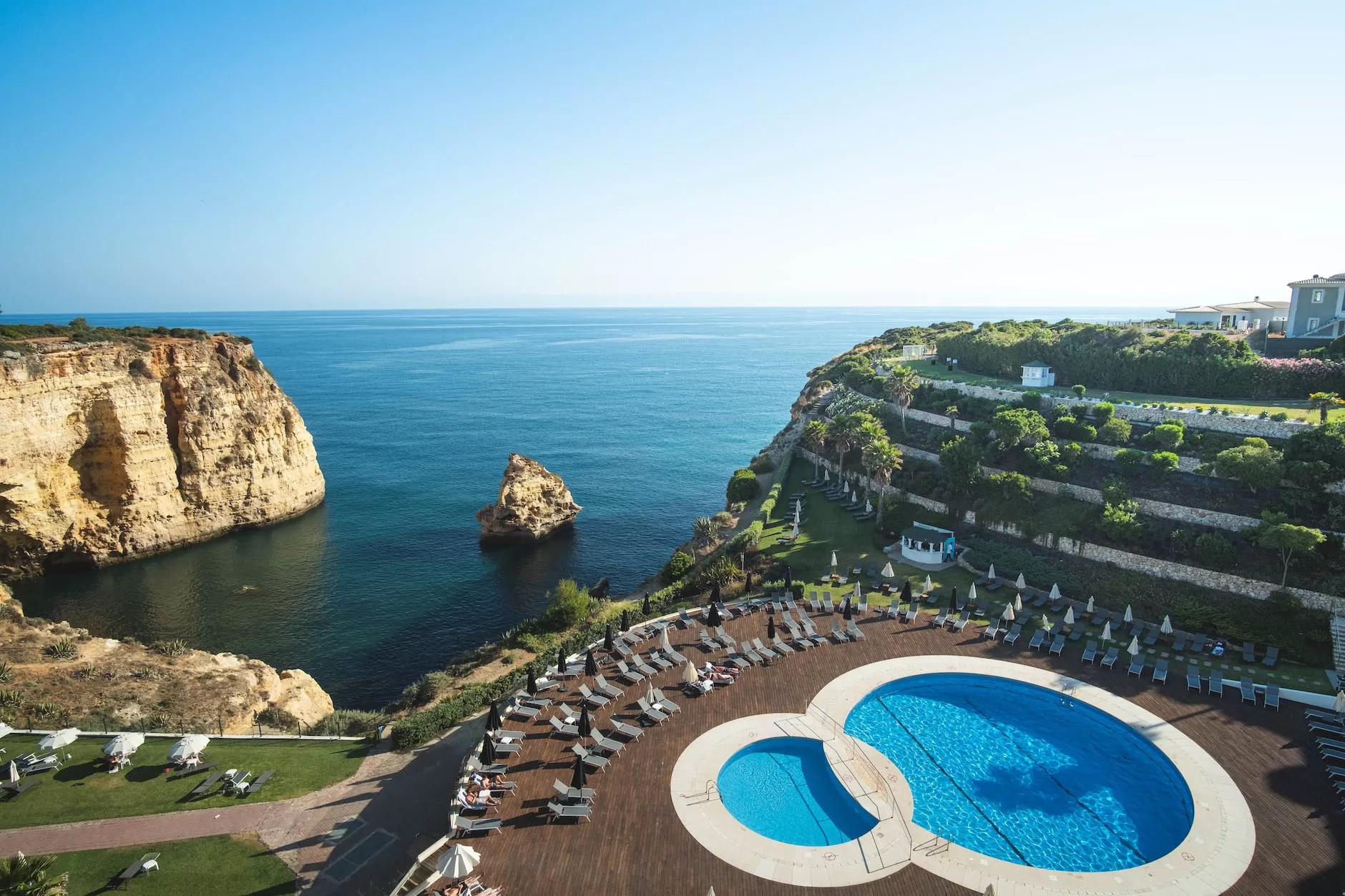

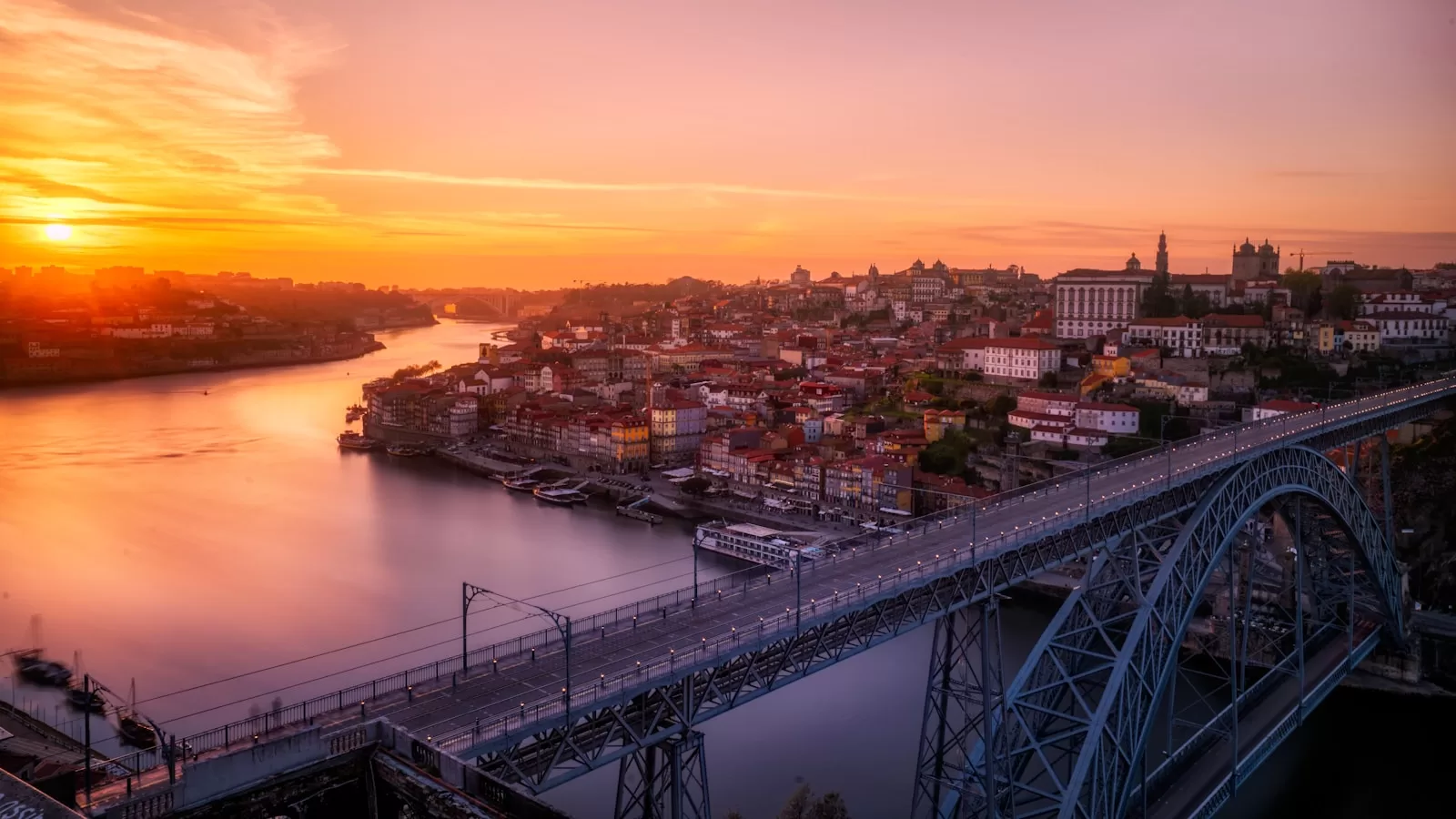
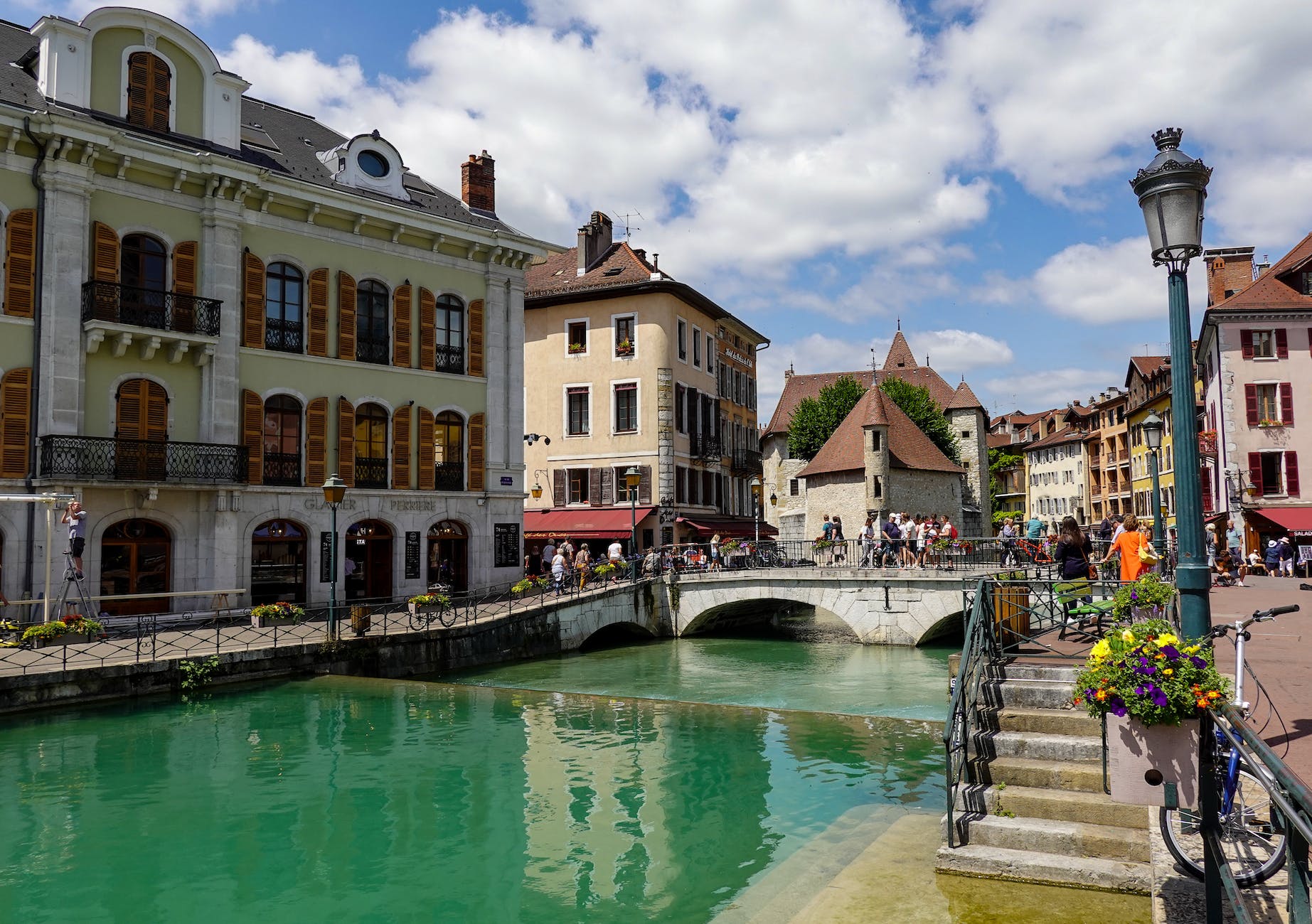




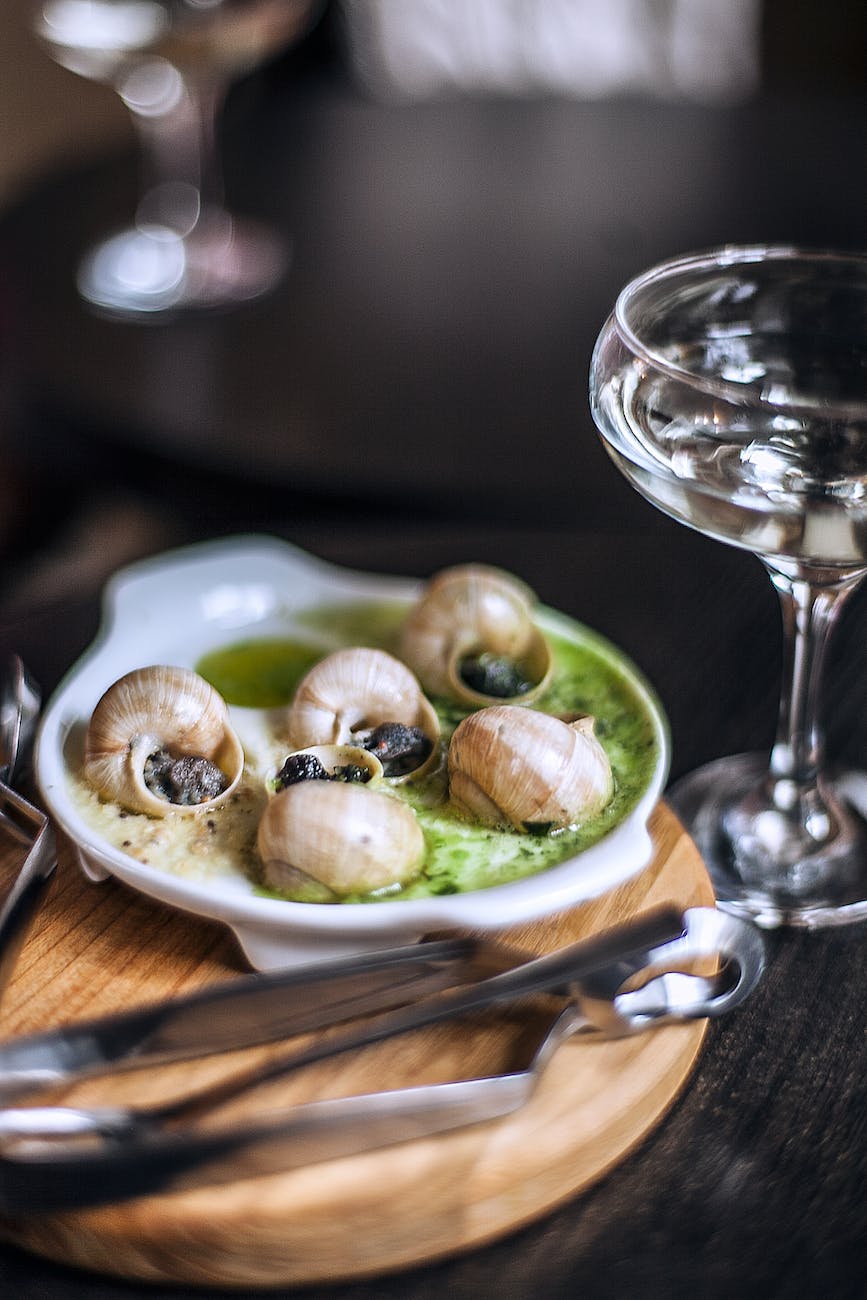
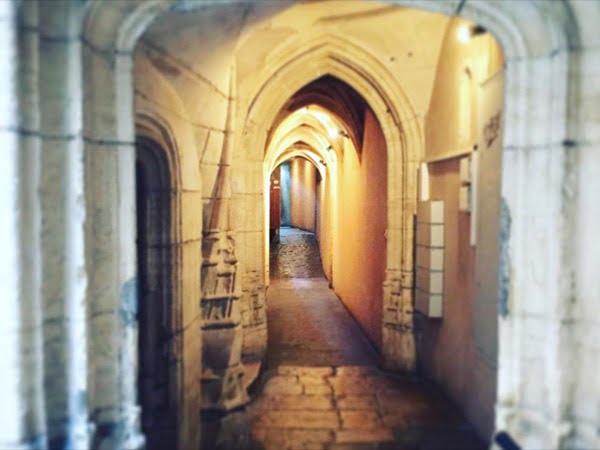
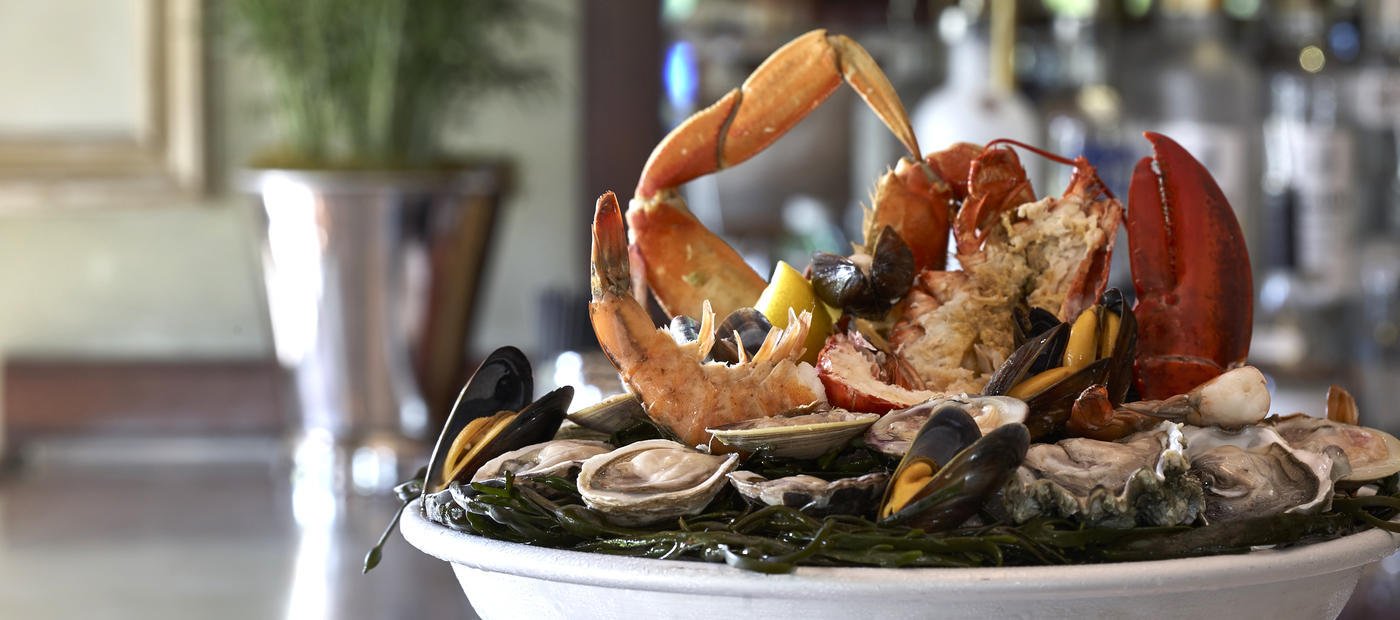









You must be logged in to post a comment.